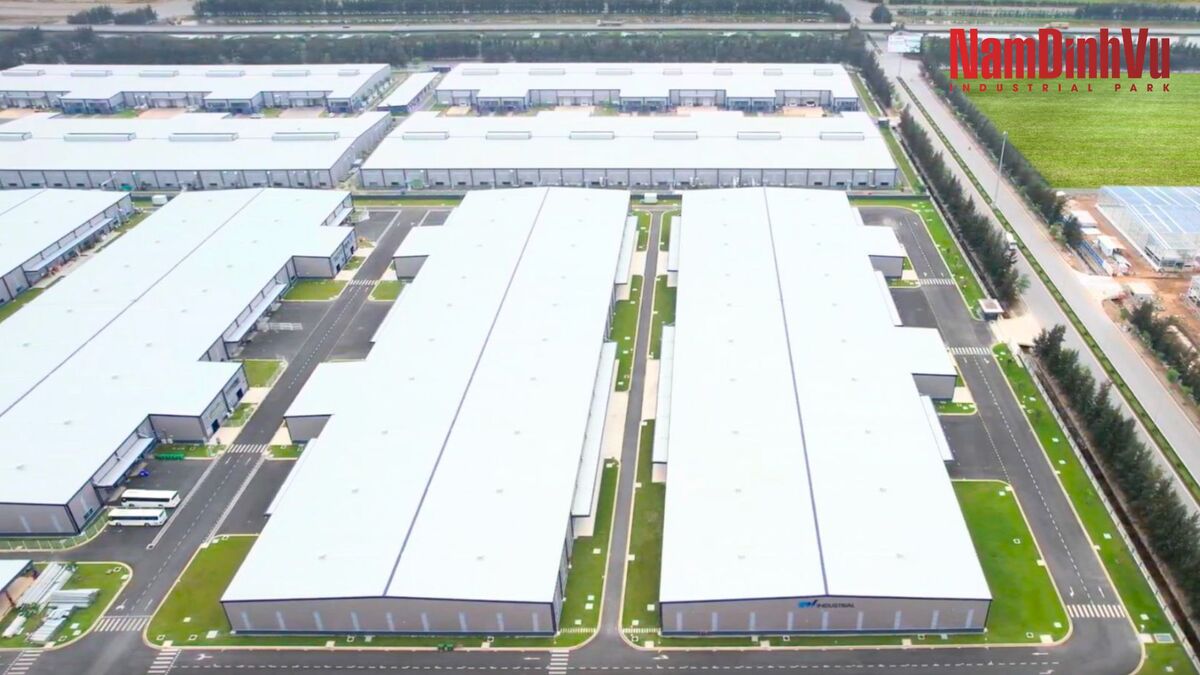The Vietnam Industrial Zone Map 2025 highlights the country’s rapid industrial expansion, driven by strong FDI inflows, improved infrastructure, and supportive government policies. As Vietnam strengthens its role as a key manufacturing hub in Southeast Asia, industrial parks across the nation continue to grow in both scale and strategic importance.
National Landscape and Investment Highlights
As of 2025, Vietnam’s industrial park system continues to expand robustly, serving as a vital backbone for the nation’s manufacturing and logistics sectors. Currently, there are a total of 447 industrial parks established across the country, reflecting the government’s long-term commitment to developing strategic infrastructure for economic growth (Reuters; Vietdata Research; InCorp Vietnam). Among these, 304 parks are fully operational, actively contributing to industrial productivity and exports, while 143 parks remain under construction, promising additional capacity for future investments and industrial activities (Vietdata Research).(1)
In terms of utilization, Vietnam’s industrial zones are experiencing high demand, with occupancy rates in northern regions surpassing 83%. This trend is even more pronounced in the southern provinces, where occupancy rates exceed 90%, underscoring investor confidence in Vietnam’s stable political environment and skilled labor force (Vietdata Research; Delco Construction; Vietnam Briefing). Furthermore, the country’s industrial and economic zones have proven to be major magnets for capital inflows, having attracted over 11,200 foreign investment projects along with 10,600 domestic investment ventures, spanning various sectors from electronics to textiles and logistics.(1)
This combination of established infrastructure, rising occupancy, and a strong track record of attracting both foreign and local investment makes Vietnam a standout destination for industrial development in Southeast Asia.
Regional Highlights of Vietnam’s Industrial Parks in 2025
Vietnam’s industrial landscape is strategically distributed across the northern, central, and southern regions, each playing a vital role in the country’s economic and manufacturing ecosystem.
Northern Vietnam
In Northern Vietnam, Bac Ninh Province stands out as a prominent industrial hub, currently home to over 15 industrial parks sprawling across 8,033 hectares. This area is known for its well-developed infrastructure and strong presence of electronics and high-tech manufacturing. Notable parks here include Tien Son, Yen Phong, and Que Vo Industrial Parks, which have attracted a large number of foreign investors thanks to their proximity to Hanoi and established supply chains. Similarly, Hai Phong City, a key port city, hosts 14 industrial parks covering approximately 6,000 hectares. The region has seen substantial investment from global players, particularly from South Korea, Japan, and Taiwan, making it a cornerstone for heavy industry and export-oriented manufacturing.(2)
Central Vietnam
Moving to Central Vietnam, the North Central and Central Coast regions comprise 111 industrial parks across 14 provinces, collectively occupying 47,930 hectares of land. This region offers strategic advantages due to its coastal access and is gradually becoming a favored destination for light manufacturing and logistics. Key provinces such as Da Nang, Khanh Hoa, and Quang Nam are leading the way in attracting both domestic and international industrial developers, thanks to improvements in infrastructure, Vietnam real estate prices are reasonable and government incentives.
Southern Vietnam
In Southern Vietnam, Binh Duong Province continues to be one of the most dynamic industrial areas in the country. It currently features more than 31 industrial zones spread over 12,721 hectares. The region maintains an occupancy rate close to 90%, with leading industrial parks such as VSIP (Vietnam Singapore Industrial Park), Bau Bang, and Dong An serving as key sites for multinational corporations in electronics, furniture, and consumer goods. Meanwhile, Long An Province is emerging as a rising star in the southern industrial map, offering over 4,500 hectares of industrial land and an 85% occupancy rate. Major parks here include Phuoc Dong Port Industrial Park, Long Hau, and Xuyen A, which benefit from proximity to Ho Chi Minh City and access to major transportation routes.(3)

Together, these regional highlights reflect Vietnam’s well-balanced approach to industrial development, offering diversified opportunities for investors based on geography, infrastructure, and sector focus.
Accessing the Vietnam Industrial Zone Map
To explore a comprehensive and regularly updated map of Vietnam’s industrial zones, consider consulting reliable sources such as government portals, market research reports, or reputable real estate and logistics consultancies. These platforms often provide detailed information on zoning, infrastructure, and investment highlights across regions.
Vietnam real estate market growth continues to thrive, offering ample opportunities for investors and businesses looking to establish or expand their operations in the region.
See Related Articles:
Vietnam Real Estate Price for Industrial Park Land Leases (Update in 2025)
Vietnam Real Estate Market Growth Q1/2025: Signs of Recovery Across Key Segments
Overview of the warehouse land rental market in Vietnam
Source:
(1), (3). Vietdata
(2). B-Company
